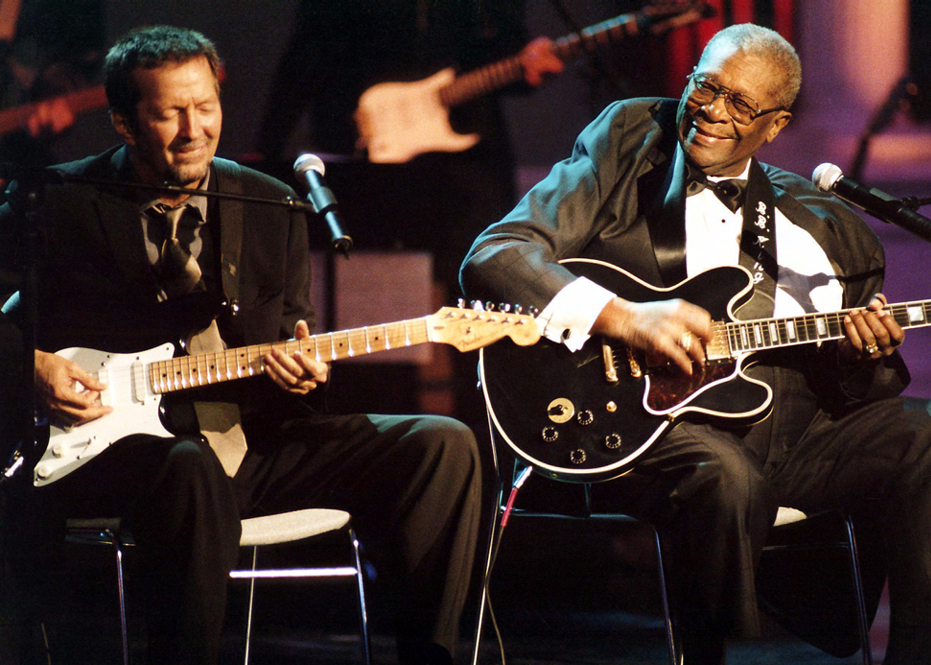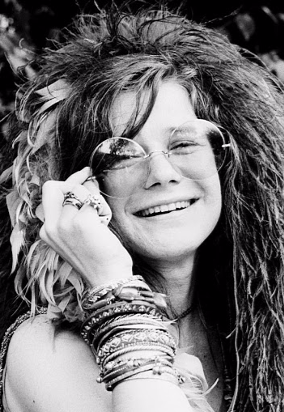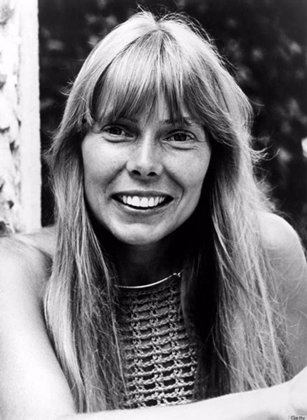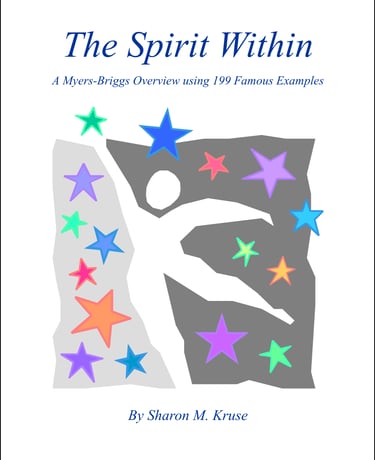Loud & Excitable (E) / Quiet & Calm (I)
Researchers discovered that there are biologically-based reasons for Extraversion and Introversion. Extraverts have a lower level of neuro-chemical stimulation in their brains while Introverts have a higher level. To help remain balanced, Extraverts release more dopamine in their brains and Introverts release more acetylcholine.
Dopamine is released when we seek external rewards, encouraging these actions with an immediate feeling of pleasure. Extraverts thrive on dopamine while it tends to overwhelm Introverts, making them feel anxious.
Acetylcholine is released in quiet moments and makes us feel mentally sharp, relaxed, and content. It enables us to think deeply, reflect, and focus on just one thing for a very long time. Introverts prefer this type of pleasure while Extraverts hardly notice it.
There is also a difference in our nervous systems. Extraverts tend to favor the side that activates the body’s fight-or-flight response. The brain becomes more alert and focused on its surroundings, the heart rate increases, muscles contract, pupils get larger, saliva decreases, bronchial tubes allow more air to the lungs, and adrenaline is released.
Introverts prefer the side of the nervous system that controls the body’s response while at rest. The brain withdraws from the outer environment and turns inward, the heart rate decreases, muscles relax, pupils get smaller, saliva increases, bronchial tubes allow less air to the lungs, and internal stability is maintained.
Evel Knievel was a soft-spoken man who let his daring stunts do the talking for him. Even after successfully jumping over 50 stacked cars at the Los Angeles Coliseum, the crowd seemed more excited than he did. He was happy at achieving his goal without injury, but his first words to the crowd and the man interviewing him were: “Well, another day, another dollar.”
After the government refused to allow him to jump over the Grand Canyon, Knievel quietly and calmly announced his plans for the next big jump: “I went to Idaho and I bought a piece of the Snake River Canyon. It’s my canyon. They cannot take it away from me and the only way they are going to stop me from jumping is with an antiaircraft gun. They are going to have to shoot me out of the air.”
In 2005, Tom Cruise appeared on The Oprah Winfrey Show. The frenzy of the women in the audience screaming while waiting for him was intense, but when he walked on stage their excitement grew to an uproar. While it is always nice to be welcomed and applauded, it might have been overwhelming for an Introvert. But it fed Tom’s need for dopamine, the chemical that Extraverts release that brings them an immediate feeling of pleasure. He enjoyed their cheering so much, just after he sat down he stood up again with a laugh as the volume rose to deafening levels.
Tom always had energy to spare, but he was exceptionally excited that day. When asked about his new love Tom could not contain himself, standing up and pumping his fists in triumph, raising one arm while pointing up, and then raising both arms while pointing up while he said, “That’s how I feel about her!” Then he dropped to one knee, pulled in his elbows for emphasis, quickly tapped on the floor with his right hand, and drew his elbow in again for another sign of victory before standing up. By this time, Oprah was screaming along with the audience, caught up in his contagious enthusiasm. When he sat back down, he finally answered Oprah’s question “What has happened to you?” using words: “I’m in love.”
He was so charged up, that in the sixteen minutes that followed he got up from Oprah’s couch twelve times. He dropped to one knee two more times while rapping the floor with his knuckles, raised both hands in victory once, took both of Oprah’s hands in his and playfully pushed and pulled against her three different times, and went from sitting to standing on her sofa in a quick leap two times.
B. B. King (ESTP) / Eric Clapton (ISTP)
Tom Cruise (ESTP) / Evel Knievel (ISTP)
The two guitar legends met in 1967, when Eric was only 22 years old. Their mutual admiration and friendship lasted until B. B. King’s death in 2015.
Hearing B. B. King sing is like hearing a lion roaring his presence. Again and again, his voice is described as “booming,” even as he continued performing in his eighties. From his first big hit “Three O’Clock Blues” to “Let the Good Times Roll” almost fifty years later, King howled his pain, fury, and joy. His rendition of “The Thrill Is Gone” infused the original version of the song with energy, making it a blues classic.


When I think of Eric Clapton, I think of him wailing “Layla,” one of the greatest rock songs of all time. But he originally wrote it as a ballad—it was guitarist Duane Allman who added the classic guitar riff known today. (Eric added that boringly slow bit at the end known as the Piano Exit.)
The song is great because it is a true story for Eric, a man being driven to madness by an unattainable love. He was passionately in love with Pattie Boyd, his friend George Harrison’s wife, and he sang “Layla” to her hoping to win her love. Instead, she rejected his advances and he turned to heroin to ease his heartache.
Most of the songs Eric wrote reflected his inner thoughts and feelings. After three years of drug abuse, he wrote “Presence of the Lord” (1973), a song about humility and self-acceptance. The next year he gave up heroin and wrote “Give Me Strength.” Clapton pursued Boyd again and she left George in 1974. Eric was living with her and waiting for her to get ready for a party when he penned “Wonderful Tonight” (1977). When she left him and they divorced, he wrote “Old Love” (1989), a song about being haunted by memories of a love he couldn’t forget.
The death of his four-year-old son was a tragedy that might never have healed. But Clapton vented his grief by writing “Tears in Heaven” (1991) and “Circus,” a personal ballad about taking his son to the circus the night before he died.
Janis Joplin (ENFP) / Joni Mitchell (INFP)
These two ladies were polar opposites when it came to being loud or quiet, energized or calm. Joni Mitchell had a sweet, light voice and mannerisms to match; Janis Joplin was known for her powerful vocals and “electric” stage presence.
Janis Joplin was loud in many ways—her clothes, her accessories, and the pure volume wrenched from her gut. She was said to have a “peacock-like psychedelic style” and “earth-shaking swagger,” but was known mostly for her uninhibited, emotional blues wail.
Her performance of “Ball and Chain” at the Monterey Pop Festival in 1967 made her an instant star. Even Mama Cass of the Mamas and the Papas was shocked at hearing this fiery and fearless dynamo. Raising her voice from a sensual purr to a guttural roar, Joplin stomped her feet and waved her arms as she let loose a series of “n-n-nah-nahs” and a face-contorting “b-b-b-b-baby.”
Her biggest hit was “Me and Bobby McGee,” which started out slow and sped up to a frantic pace. She recorded the song shortly before her death in 1970.


Joni wrote most of the songs she performed, tender little melodies like “The Circle Game” (1966) that tell of childhood wonder, the journey through life, and being “captive on the carousel of time.” Her songs were so personal to her, she objected to performing in large arenas, usually singing alone as she played acoustic guitar or piano.
Joni wrote “Woodstock” about the 1969 musical festival, but she didn’t write about screaming guitars or the memorable performance by Jimi Hendrix. Instead, she wrote an introspective tribute about the spiritual journey of the fans that attended the event.


Joni Mitchell’s voice can be described as “airy,” lots of breath for a moderate volume of sound. She used a falsetto voice in many of her songs, making them even lighter and airier.

